Stalling
Mechouar Fes Jdid, Morocco
My brother has been homeless for many years now. And I mean HOMELESS in the true sense of the word, as he has been living in homeless shelters, cars, and tent cities all around the Portland area of Oregon. Recently, there has been a new development. In an increased effort to deal with the homelessness problem and clean up certain parts of downtown, the city of Portland has just awarded him his own little enclosed unit to live in.
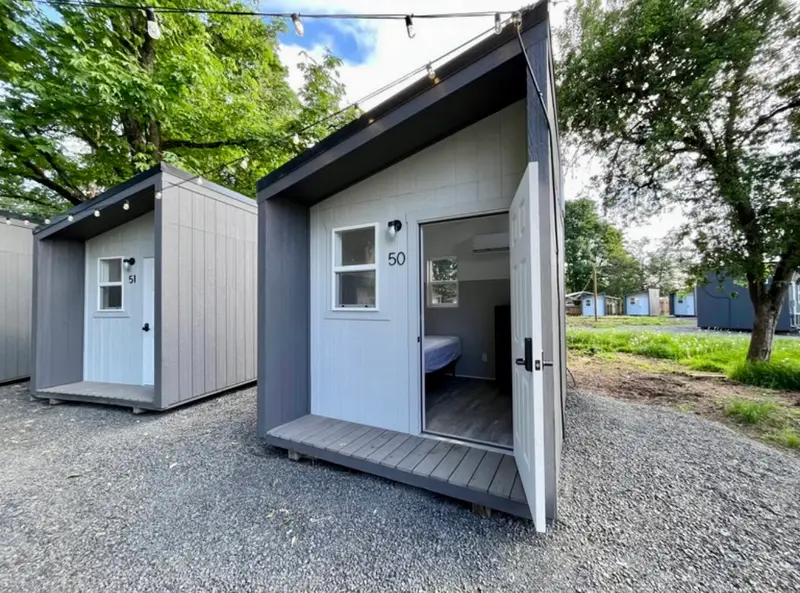
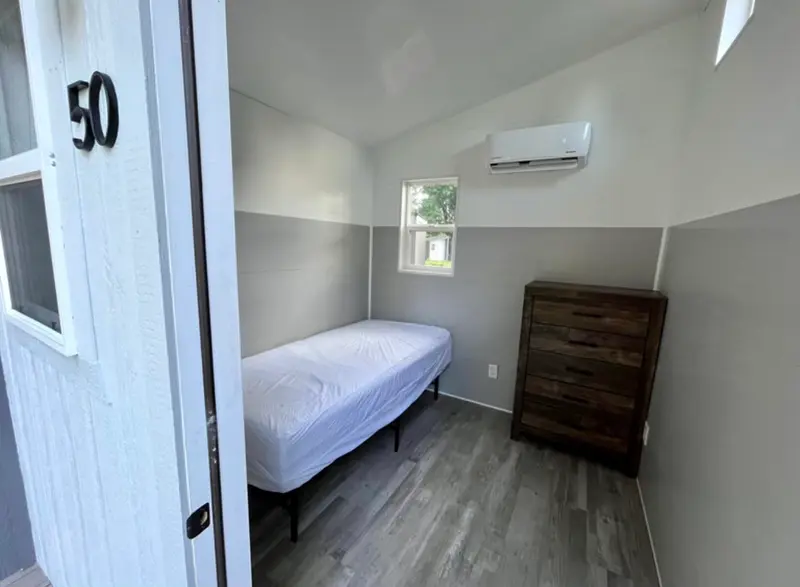
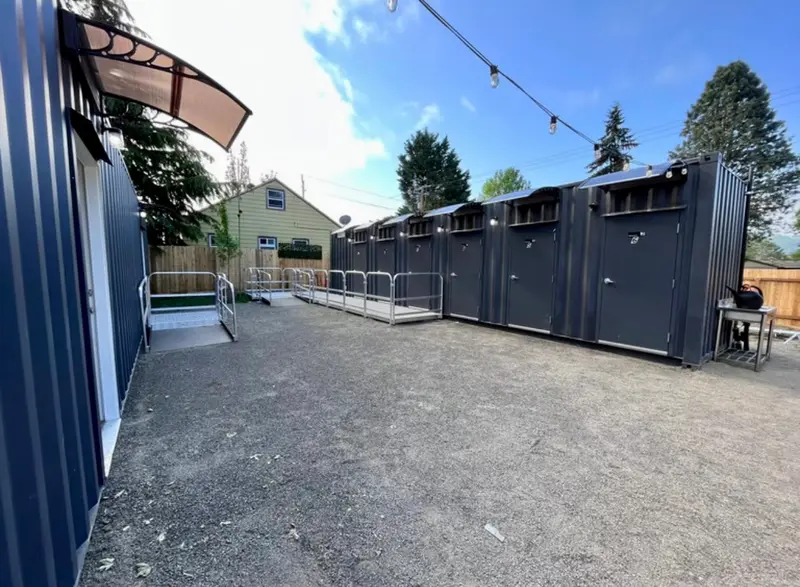
He is very excited about this new development, although I do wonder if they will be okay with him continuing to do all his hardcore illegal drugs there. I guess we’ll find out soon enough.
Rock bottom looks different for different people, and I am fairly certain that my brother has not found his yet. It’s hard to hit rock bottom when various government agencies (as well as my loving but enabling parents) keep swooping in and throwing plush cushions over the craggiest of rocks. Knowing my brother, I am not exaggerating when I say that this small unit they have provided him with, along with access to a lovely communal kitchen space, restrooms, and showers, will effectively end any measures he might have been taking on his own accord to extricate himself from the hole that he has dug for himself. Suddenly, his hole now has an air conditioning unit and a sub-zero stainless-steel fridge. Why keep trying to leave the hole, why not just settle in and get comfy?
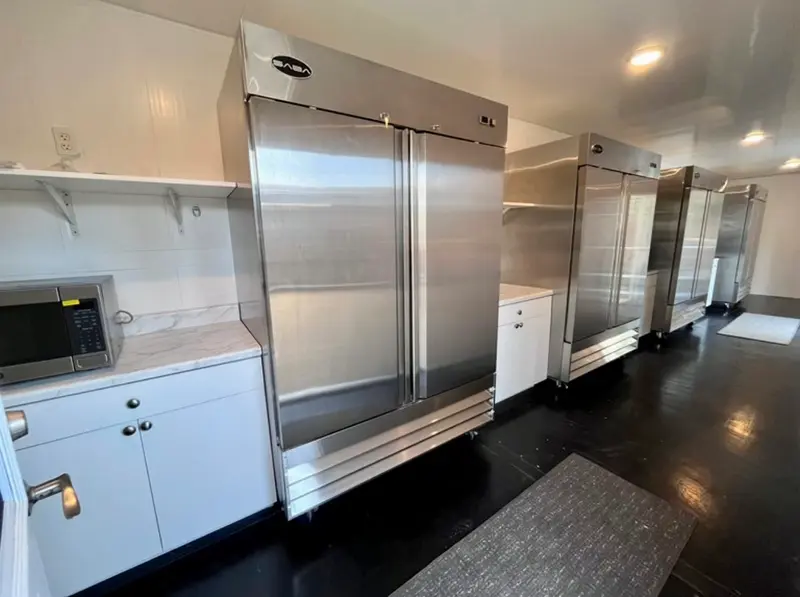
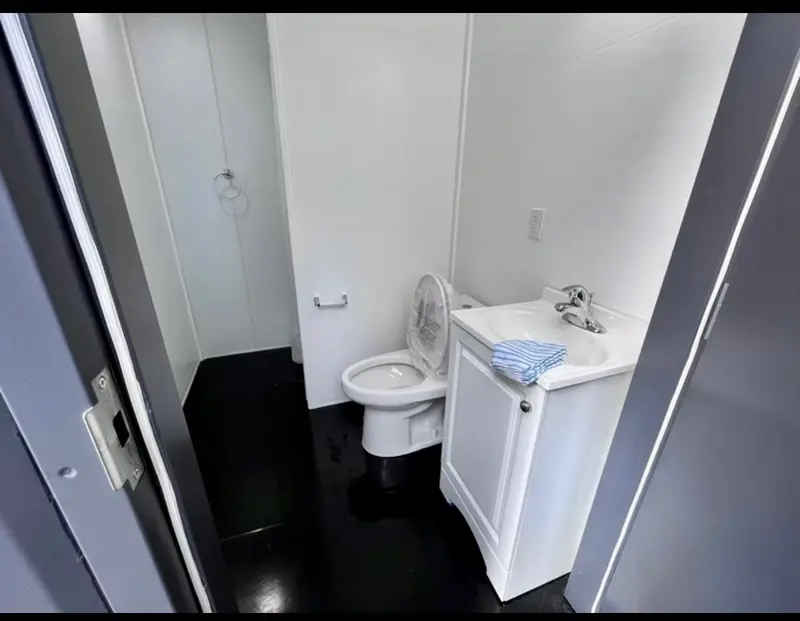
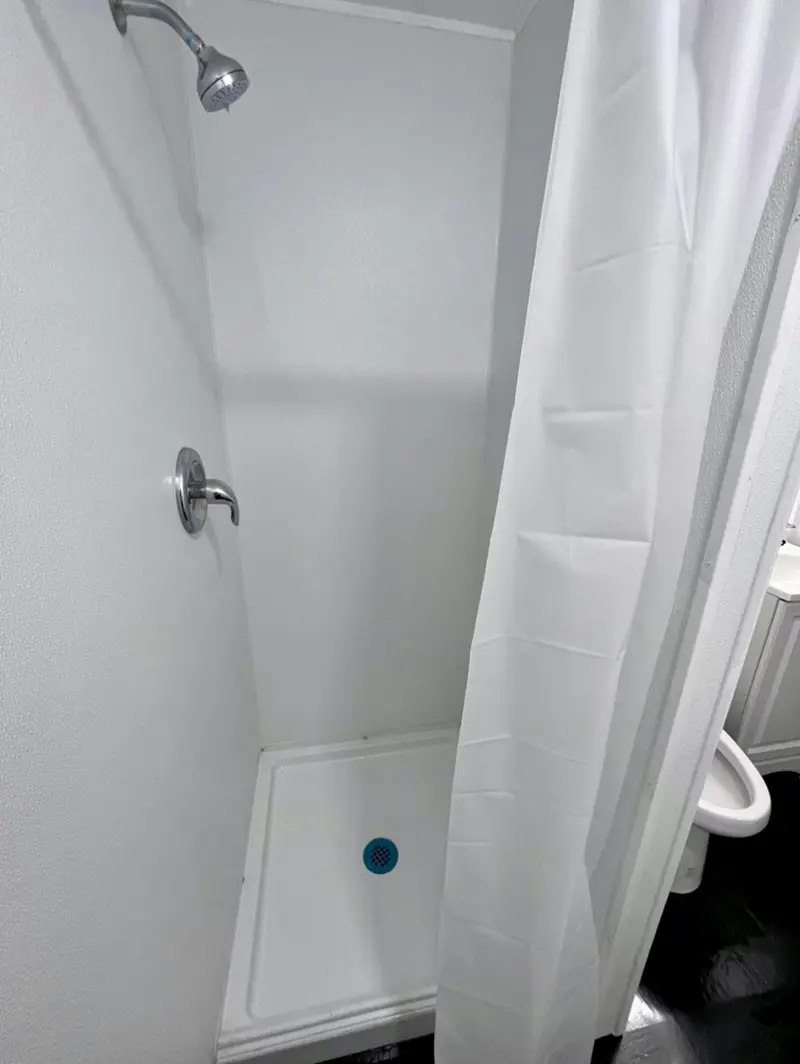
Understand I am not insensitive to my brother’s plight, I am just desensitized to it. He is fighting a losing battle with drug and alcohol addiction, which is very sad, but that battle has been dragging on now for almost 20 years now. It has become old and repetitive.
When I first saw these photos my brother sent us of his brand-new welfare accommodations, I couldn’t help it, my initial thought was immediately about the tea houses I stayed at recently in the Everest Region of Nepal. Hear me when I say that the accommodations the city of Portland has just built for the terminal vagrants of Oregon (like my brother) are about 1,000 times nicer than anything I stayed at along the EBC TREK in the Himalayas. The tea house units were freezing and filthy and I wanted to get away from them as quickly as possible. The city of Portland has given my brother his own little air conditioning unit and use of proper toilet facilities, and I honestly see no motivation for him to ever want to leave. I will keep you posted about his situation, but I wouldn’t be surprised if I check back in a year or two and he is still right where he is now.
My brother’s self-made predicament obviously gives me a unique and rather intimate perspective about homelessness in America, and it also means I think about homelessness a lot, certainly more than the average person. If my own drug addiction had continued down a different path, this, too, could have been me. I talk more about homelessness and destitution HERE and HERE.
In fact, I can’t help but write about it a great deal, as I continually try to wrap my head around the ambiguities and complexities of the decidedly unfair world in which we live. Is it right that I am in the process of building myself a large MOROXICAN STYLE HOME when my brother lives in an air-conditioned storage closet for heroin addicts? Who is to say. I have no good answers to these questions.
So forgive me if I want to take a break from all of that and talk about something different.
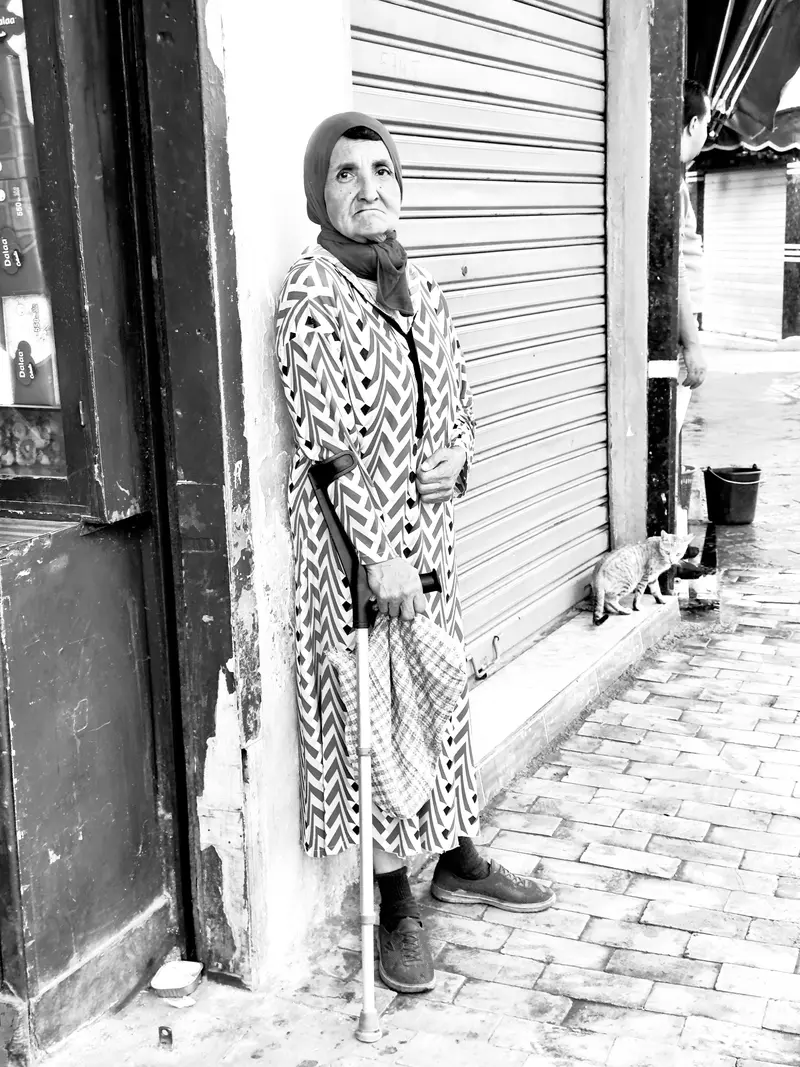
When I met this elderly woman on the streets of Fes in Morocco, I wish I could say I had a sudden revelation about how to solve poverty and homelessness the world over, but alas, I did not. Instead, my brain made a much sillier connection.
Upon seeing this woman with her forearm crutches, I was reminded of a sign I’d seen years ago in Ireland. It was outside the door to a bathroom stall, and for whatever reason, my brain was never able to piece together what exactly I was seeing on the sign.
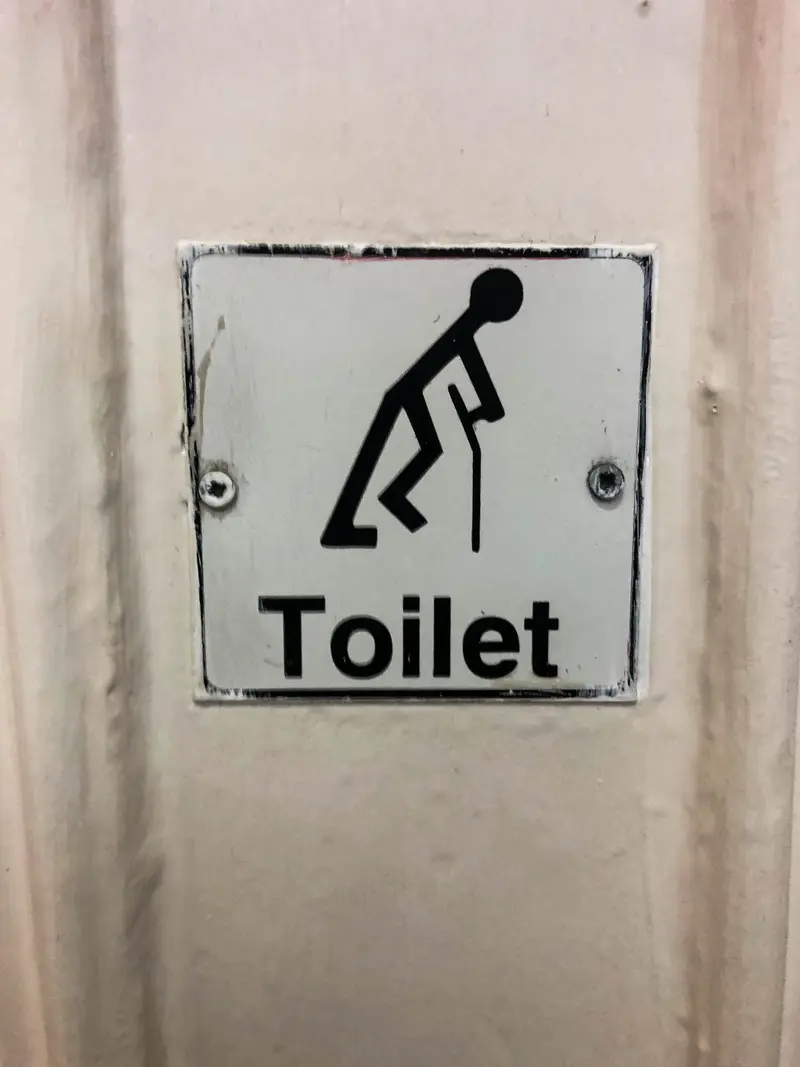
Part of the problem was that the sign preceded a stall that opened onto a toilet that was not one bit different from all the rest, so it was difficult to comprehend what the man depicted in the drawing was supposed to represent. What was he even doing? It was unclear.
This touches on something I think about constantly when working on photography for website buttons—PLATONIC IDEALS. What is the best and most concise way to depict something in a photograph, so that the majority of people who see the picture will arrive at the same conclusion about what it is supposed to represent? You want it to be universally recognizable, and with little to no margin for interpretation.
In my opinion, the drawing of this man is a failure, as it looked to me like his foot was pumping something and it had me searching around the stall for some kind of foot pedal. The icon is too confusing, too open to interpretation, and resolutely not the platonic or universal representation of “handicap.” That’s probably why it wasn’t adopted as the international symbol. So why was it here?
My family owns a RETAIL NURSERY; therefore, I am all too aware of how expensive and involved it can be to build wheelchair ramps and wheelchair accessible restroom facilities. So, I am wondering, did this business in Ireland, when maybe confronted with a citation to bring their establishment up to handicap code, decide that wheelchair accessibility was just too expensive? Did they decide to sidestep the problem by solving a different type of handicap altogether, one that requires much less augmentation of the toilet facilities? Did they just say, “Well, wheelchair ramps and stalls are way too expensive, let’s just hire someone to draw us a sign featuring a different disability altogether, one that’s much easier and cheaper to accommodate…!”? Then they put up this sign, did very little else, and called it a day?
Likewise, instead of tackling the difficult and notoriously complex problems of drug addiction and terminal vagrancy, did the city of Portland just decide to solve the much more approachable issue of visibility? Nothing has actually been solved, my brother is still a heroin addict, but now they have built a tiny closet around him and given him an air conditioner. He seems happy and the people of Portland don’t have to look at him on the streets anymore, so by solving a different problem entirely, it would seem that everyone wins.
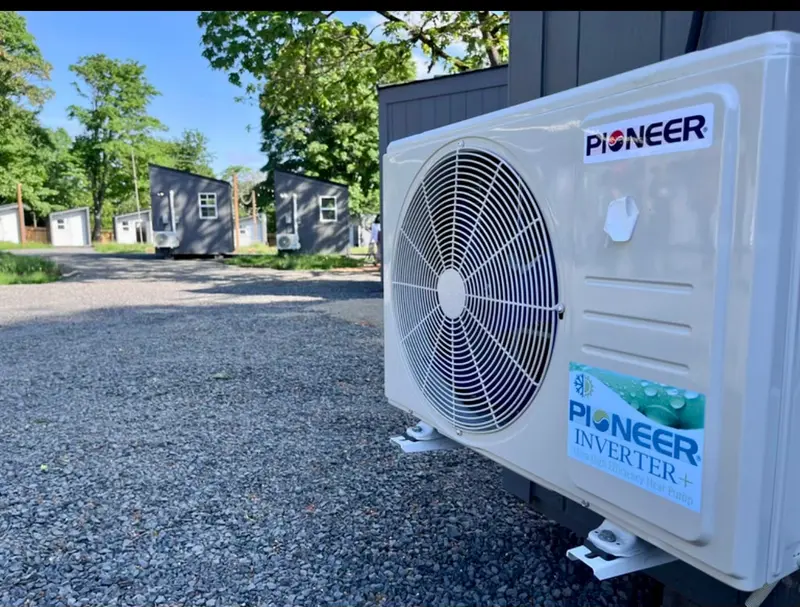
I did the same thing even here, I had no meaningful insight about this disabled woman in Fes, or anything helpful to offer concerning Morocco’s homelessness problem, so I just talked about whatever the hell I wanted to instead.
Ross, brother, I hope you are doing well, stay safe.
*****************************
A short addendum:
Something I think about almost daily, and certainly every time there is someone begging for money outside my car window, is in a world that has become increasingly digital, even if I wanted to give a street corner grifter a few dollars or some change, I often do not have the physical means to do so. I don’t normally carry any cash on me! I talk about this more HERE and HERE.
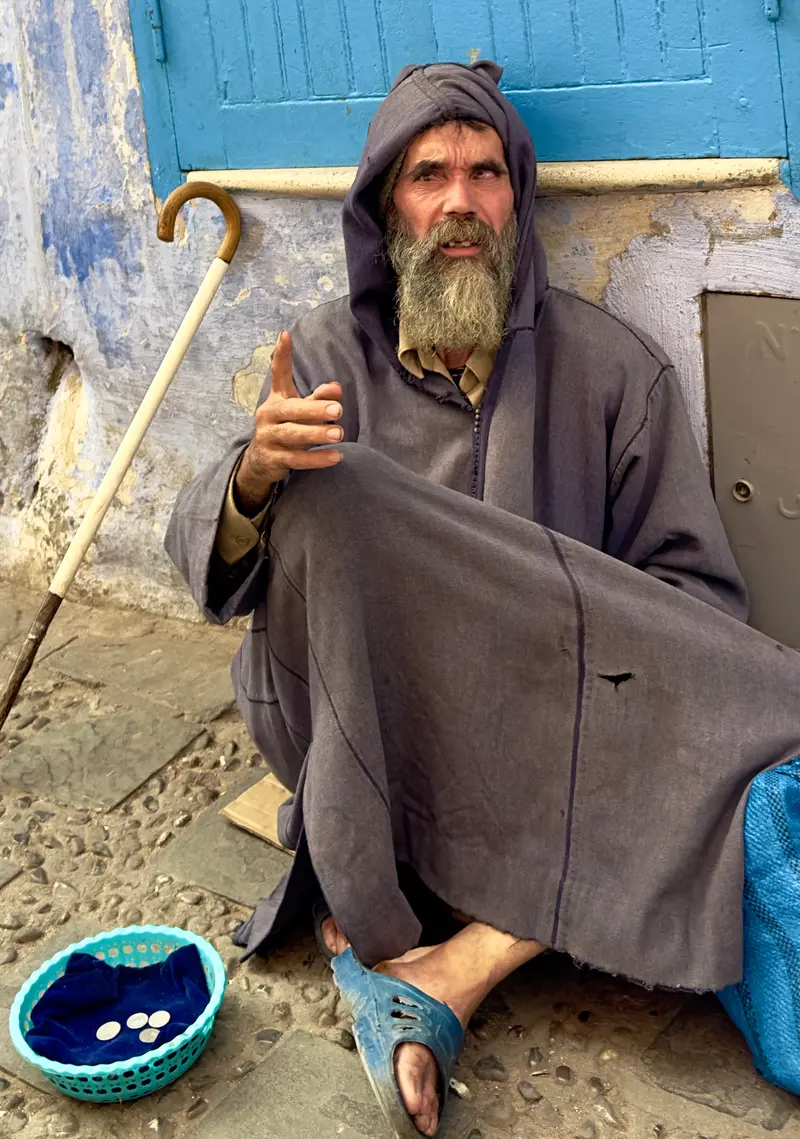
I can’t be alone in admitting that if beggars somehow took Apple Pay, PayPal, Zelle, or Venmo, then they would unquestionably receive considerably more money from me! The logistics (as well as the optics) would have to be worked out, but I would guess that someone, somewhere, is working on this concept as a real and more ubiquitous possibility.